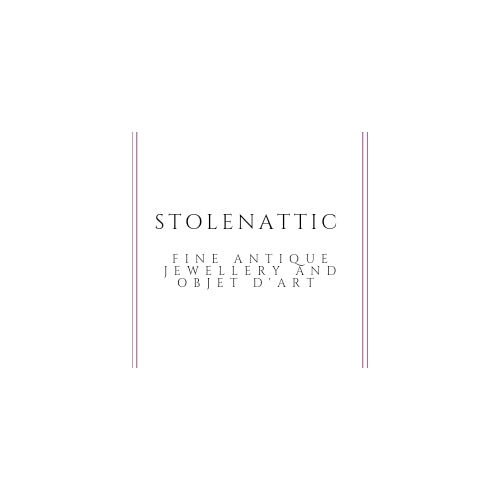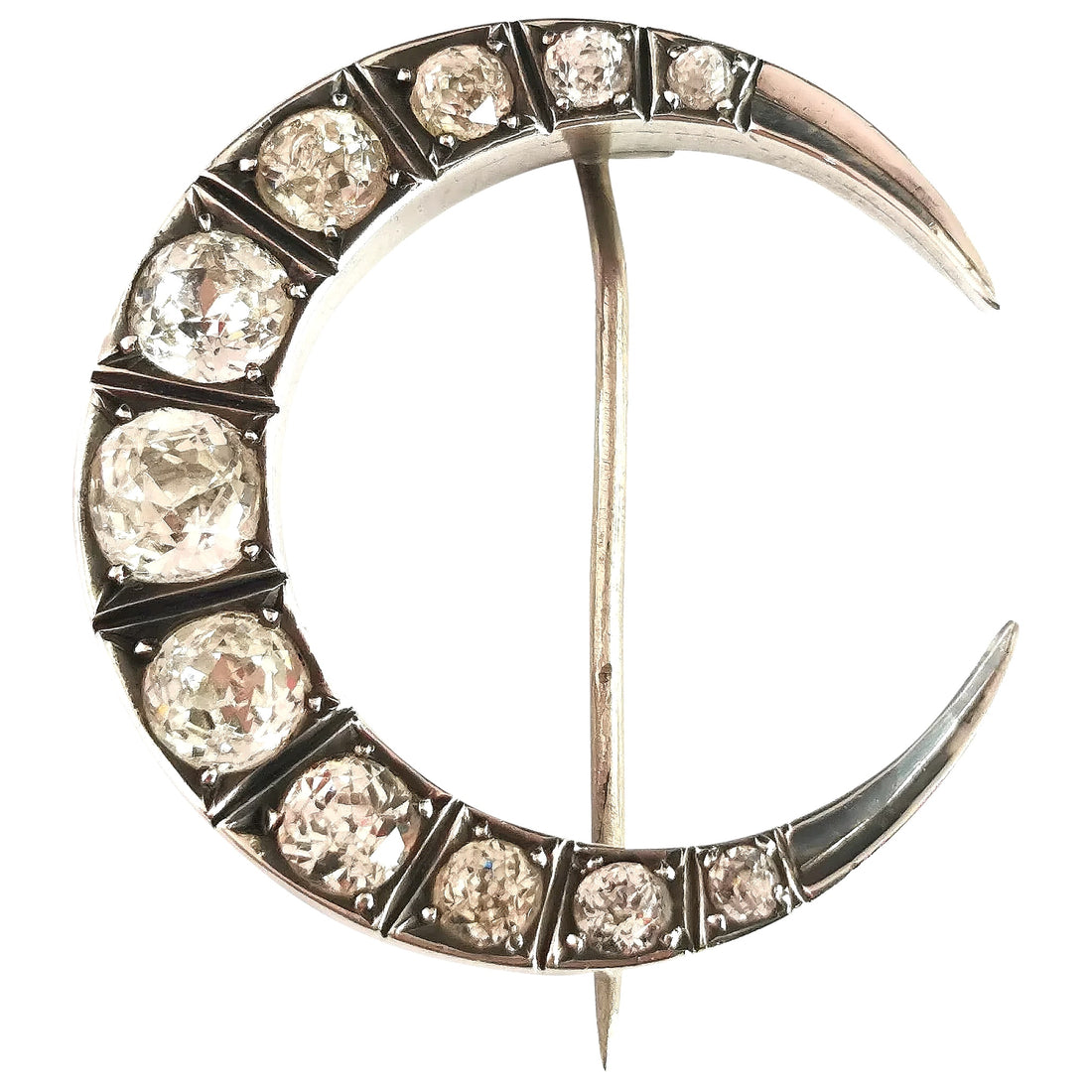We love paste jewellery here at StolenAttic.
There is a rich and romantic history hidden within this sparkling stone and we can let you into a secret (if you didn't already know of course) paste is not a gemstone at all.
So what is this magnificent sparkly material? Well in fact it is glass, originally a specific type of Flint or lead glass was used to create paste, it was cut and shaped to provide the brilliance and fire of gemstones and this was helped by its strong dispersion and refraction.

Whilst it is widely thought that in the 18th century the most recognisable type of paste was created by Georges Frédéric Strass in actual fact paste has been around for much longer than this, the Romans were successful in creating colourful glass pastes to imitate emeralds and lapis lazuli.
As the desire for jewellery grew much stronger in the 18th century though, it was Strass's invention that really took hold.
Paste became all the rage, ideal for travelling so as not to lose one's diamonds, for evenings out and more, after Napoleon gifted a Parure of paste jewellery to Josephine it was even more popular amongst royalty and nobles alike.
Popular with jewellers for the ease of access and affordability and also popular with those who could not afford 'real' gems.
This popularity continued throughout the 18th century with some extraordinary Georgian and Victorian pieces produced and this remained the case right into the mid 20th century, after this paste popularity dimmed and new simulated stones had hit the market.
Today original antique paste jewellery is as highly prized as it was back then, the process of creating the glass stones was difficult and painstaking.
There are some breathtaking examples of antique paste jewellery with certain pieces commanding higher prices than gemstones themselves.
There are different variants of paste, black dot paste and foiled paste were both very popular in the Georgian eras and Victorian.
Foiling the back of the glass with either coloured or silver foils provided different colours, shimmer and shine to the glass.

Black dot paste was created with a small black dot painted on the underside of the glass stone to give the illusion of depth.
Clear 'diamond' paste were popular in both Edwardian and Art Deco pieces.
If we haven't given you some reasons to fall in love with paste jewellery then I encourage you to give some a try, you won't be disappointed.
We are certainly enamoured with the sparkly glass stone and if it was good enough for Josephine it is good enough for us.
We hope you enjoy exploring the wonderful world of Antique paste jewellery xoxo

